

Articles
How To Keep Bugs Off Screened-In Porch
Modified: May 6, 2024
Learn effective methods to keep bugs away from your screened-in porch with these informative articles.
(Many of the links in this article redirect to a specific reviewed product. Your purchase of these products through affiliate links helps to generate commission for Storables.com, at no extra cost. Learn more)
Introduction
Screened-in porches are a fantastic addition to any home, providing a relaxing and bug-free space to enjoy the outdoors. However, the presence of bugs can quickly put a damper on your porch experience. Dealing with pesky insects can be frustrating, but rest assured, there are effective measures you can take to keep bugs off your screened-in porch.
In this article, we will explore various strategies for keeping bugs at bay, allowing you to fully enjoy your screened-in porch without any unwanted visitors. From choosing the right screening materials to incorporating bug repellents and installing fans or bug zappers, we will cover all aspects to make your porch bug-resistant.
So, if you’re ready to reclaim your serenity and relaxation on your screened-in porch, let’s dive into the strategies that will help you keep those bugs away!
Key Takeaways:
- Choose the right screening material and install proper sealing to create a bug-resistant environment on your screened-in porch. Regular maintenance and the use of bug repellents, fans, or bug zappers can further enhance bug prevention.
- Create a bug-free haven on your screened-in porch by selecting the right screening material, sealing gaps, using bug repellents, and incorporating fans or bug zappers. Regular maintenance is key to keeping bugs at bay and enjoying a relaxing porch experience.
Read more: How To Keep Bugs Off Porch Light
Choosing the Right Screening Material
When it comes to creating a bug-free environment on your screened-in porch, selecting the right screening material is crucial. Here are a few options to consider:
- Fiberglass: Fiberglass screening is a popular choice due to its durability and resistance to corrosion, rust, and discoloration. It allows for excellent airflow while keeping bugs out. It also provides good visibility and is easy to install.
- Aluminum: Aluminum screening is another durable option that is resistant to rust and corrosion. It offers good visibility and is stronger than fiberglass. However, it may be slightly more expensive and may dent if impacted forcefully.
- Pet-Resistant: If you have pets that might scratch or damage the screen, consider using pet-resistant screening. These screens are typically made from vinyl-coated polyester, making them stronger and less prone to tears.
- Solar: Solar screens not only keep bugs out but also block harmful UV rays and provide heat reduction. They are excellent at maintaining privacy and can reduce energy costs by reducing heat gain. However, they may reduce visibility slightly.
Before selecting a screening material, consider factors such as your budget, the climate you live in, and the specific bugs you’re trying to keep out. Consulting with professionals can also be helpful in determining the best material for your particular needs.
Additionally, ensure that the screening material is securely attached to the porch frame with tight seals. Any gaps or loose areas can allow bugs to find their way inside. Regularly inspect the screens and repair or replace them as needed to maintain maximum effectiveness.
By choosing the right screening material and properly installing and maintaining it, you can create a strong barrier against bugs and enjoy a bug-free experience on your screened-in porch.
Installing Proper Sealing
Along with choosing the right screening material, ensuring proper sealing is essential for keeping bugs out of your screened-in porch. Here are some steps you can take to install proper sealing:
- Check for Gaps: Inspect the entire perimeter of your screened-in porch for any gaps between the screens, window frames, or door frames. Even small openings can allow bugs to enter. Use caulk or weatherstripping to seal these gaps and prevent bugs from squeezing through.
- Secure Doors and Windows: Make sure your porch doors and windows are tight-fitting and properly sealed. Install door sweeps or weatherstripping to eliminate any gaps at the bottom of doors. If necessary, replace any damaged or worn-out door or window seals.
- Patch Holes or Tears: Repair any holes or tears in the screening material promptly. Use patch kits specially designed for screen repair, following the manufacturer’s instructions. These kits typically include adhesive patches or mesh that can be applied to small damaged areas.
- Consider Barrier Methods: In areas with high bug populations, you can go the extra mile by installing barrier methods, such as adding mosquito netting curtains or magnetic mesh screens over the existing screens. These provide an additional layer of protection against bugs.
Regularly inspect the seals and screens on your porch to address any issues promptly. Weather conditions, wear and tear, and seasonal changes may cause the seals to deteriorate over time. By maintaining proper sealing, you can create a bug-resistant barrier that will last longer and provide you with a more enjoyable porch experience.
Remember, even the smallest gaps or tears can be an entry point for bugs. Taking the time to install proper sealing measures will greatly reduce the likelihood of insects finding their way into your screened-in porch.
Using Bug Repellents
While choosing the right screening material and installing proper sealing are effective ways to keep bugs off your screened-in porch, using bug repellents can provide an additional layer of protection. Here are some bug repellent options to consider:
- Insect Repellent Sprays: Use insect repellent sprays that contain DEET, picaridin, or other recommended active ingredients. Apply the repellent according to the instructions on the label, focusing on exposed areas of skin. You can also lightly spray the perimeter of your porch to create a bug barrier.
- Citronella Candles: Citronella candles emit a scent that mosquitoes and other bugs find repellent. Place them strategically around your porch to create a pleasant ambiance while keeping bugs away. Keep in mind that the effectiveness of citronella candles may vary depending on factors such as wind and the size of your porch.
- Mosquito Coils: Mosquito coils are a popular choice for repelling mosquitoes and other flying insects. These coils release a smoke that repels bugs when burned. Place them in designated coil holders or hang them in strategic locations on your porch.
- Electronic Bug Repellents: Electronic bug repellers emit ultrasonic or electromagnetic waves that are said to repel insects. These devices can be plugged into an electrical outlet or operated using batteries. Keep in mind that their effectiveness may vary, and they may not provide complete protection.
- Natural Repellents: If you prefer a more natural approach, consider using essential oils such as lavender, eucalyptus, or lemon eucalyptus. These have insect-repelling properties and can be mixed with carrier oils or water and then applied to the skin or used in diffusers around your porch.
It’s important to note that bug repellents may vary in effectiveness depending on the type of bugs in your area and individual preferences. Experiment with different options, and consult with professionals or read product reviews to find the best bug repellents for your needs.
Remember to follow the instructions on repellent products carefully, especially when applying them to your skin or in enclosed spaces. Store the repellents securely and out of reach of children and pets.
By incorporating bug repellents into your bug-fighting arsenal, you can further enhance your screened-in porch’s ability to keep those annoying bugs away and enjoy a bug-free retreat.
Installing Fans or Bug Zappers
If you’re looking for active measures to keep bugs off your screened-in porch, installing fans or bug zappers can be a great solution. Here’s how these methods can help:
Read more: How To Keep Bugs Off My Porch
Fans:
Installing fans on your porch can serve a dual purpose. Not only do they provide cooling airflow, but they can also help keep bugs away. Here’s how fans can be effective:
- Air Circulation: By creating a breeze, fans disrupt the flight patterns of mosquitoes and other flying insects, making it harder for them to land and bother you.
- Masking Carbon Dioxide: Mosquitoes are attracted to the carbon dioxide we exhale. Fans can help disperse the carbon dioxide and make it less concentrated in one area, reducing the mosquito’s attraction to your porch.
- Limiting Flying Range: Fans can create a barrier that interrupts the flight path of bugs, preventing them from reaching you. Position the fans strategically to cover the entire seating area of your porch.
Consider using ceiling fans, pedestal fans, or wall-mounted fans to effectively keep bugs at bay. Adjust the fan speed and direction to find the setting that provides the most effective bug-repelling airflow without causing discomfort.
Bug Zappers:
Bug zappers, also known as electronic insect control systems, can be a handy option for tackling flying insects on your porch. Here’s how they work:
- Ultraviolet Attraction: Bug zappers use ultraviolet (UV) light to lure insects towards them. Many flying bugs are attracted to UV light, and this feature draws them towards the zapper.
- Electrocution: When the bugs make contact with the electrical grid surrounding the UV light source, they get electrocuted, effectively eliminating them.
- Cleaning and Maintenance: Regularly clean the bug zapper to remove dead insects and dust accumulation. This ensures optimal performance and prevents any clogging that may reduce its effectiveness.
Install bug zappers in areas where bugs are most commonly found, and make sure they are positioned away from the seating and dining areas to minimize any discomfort caused by the sound or smell of burning bugs. It’s also a good idea to use bug zappers in combination with other bug-repelling methods for maximum effectiveness.
By incorporating fans or bug zappers into your screened-in porch, you can actively deter bugs and create a more enjoyable and bug-free environment.
To keep bugs off a screened-in porch, try using citronella candles or essential oils like lavender or eucalyptus. These scents can help repel insects and create a more enjoyable outdoor space.
Maintaining the Porch
Maintaining your screened-in porch is an essential aspect of keeping bugs at bay. Regular upkeep and cleanliness can help minimize insect habitats and prevent bug infestations. Here are some maintenance tips to follow:
- Clean Regularly: Sweep or vacuum your porch regularly to remove any dirt, dust, or debris that may attract bugs. Pay attention to corners, crevices, and hard-to-reach areas where insects may find hiding spots.
- Remove Standing Water: Stagnant water is a breeding ground for mosquitoes. Ensure that your porch is free from any pooled water or areas where water may collect. If necessary, improve drainage or use products to eliminate standing water.
- Trim Vegetation: Keep vegetation around your porch trimmed and well-maintained. Overgrown plants and bushes close to the porch can provide shelter and nesting spots for bugs. Regularly trim any branches or foliage that may come into contact with the screens or the porch structure.
- Inspect for Cracks or Holes: Regularly inspect the walls, ceiling, and flooring of your porch for any cracks, holes, or other damage that could serve as entry points for bugs. Seal these areas promptly to maintain the integrity of your porch and prevent insect intrusion.
- Store Food Properly: If you enjoy meals or snacks on your porch, make sure to store food in tightly sealed containers to prevent attracting bugs. Clean up any spills or crumbs immediately to discourage insects from being lured in.
- Pest Control Treatment: Consider hiring a professional pest control service to treat your porch and surrounding areas periodically. This can help eliminate any existing bug populations and prevent future infestations.
By maintaining a clean and well-kept porch, you can reduce the chances of bugs finding a home or a reason to visit. Regular maintenance will not only enhance your bug-prevention efforts but also prolong the lifespan of your porch and improve its overall aesthetics.
Remember, prevention is key when it comes to keeping bugs off your screened-in porch. By implementing these maintenance practices, you can create an environment that is less inviting to insects and enjoy a bug-free porch experience.
Conclusion
Having a screened-in porch provides a wonderful space to enjoy the outdoors while being protected from bugs. By implementing the strategies mentioned in this article, you can keep those annoying insects at bay and fully enjoy your porch experience.
Choosing the right screening material is crucial to creating a bug-free environment. Fiberglass, aluminum, pet-resistant, and solar screens are all viable options depending on your specific needs and budget.
Installing proper sealing is equally important. Check for gaps, secure doors and windows, patch holes or tears, and consider adding barrier methods for added protection.
Using bug repellents can provide an additional layer of defense. Insect repellent sprays, citronella candles, mosquito coils, electronic bug repellents, and natural repellents can all help keep bugs away.
Installing fans or bug zappers can actively deter insects. Fans disrupt the flight patterns of bugs and limit their landing areas, while bug zappers use ultraviolet light to attract and eliminate flying insects.
Maintaining your porch by regular cleaning, removing standing water, trimming vegetation, inspecting for cracks or holes, storing food properly, and considering professional pest control treatments will help prevent bug habitats and infestations.
Remember to strike a balance between bug prevention and a comfortable porch experience. It’s important to cultivate a space that is both bug-free and enjoyable for you and your family.
With these strategies in place, you can create a peaceful haven on your screened-in porch, free from pesky bugs. So, go ahead and relax, dine, entertain, or simply spend quality time on your porch without the worry of unwanted insect guests.
After mastering how to keep those pesky bugs away from your porch, you might want to tackle other nuisances and improvements around your home. If moths are wreaking havoc in your pantry, find out from pest control experts how to get rid of pantry moths efficiently. Perhaps you're curious about the benefits and design ideas for a screened porch? We've got insights that shed new light on this delightful home feature. Ready to spruce up your deck for some quality outdoor time? Check out our guide on adding colorful decor and simple enhancements for optimal outdoor living.
Frequently Asked Questions about How To Keep Bugs Off Screened-In Porch
Was this page helpful?
At Storables.com, we guarantee accurate and reliable information. Our content, validated by Expert Board Contributors, is crafted following stringent Editorial Policies. We're committed to providing you with well-researched, expert-backed insights for all your informational needs.


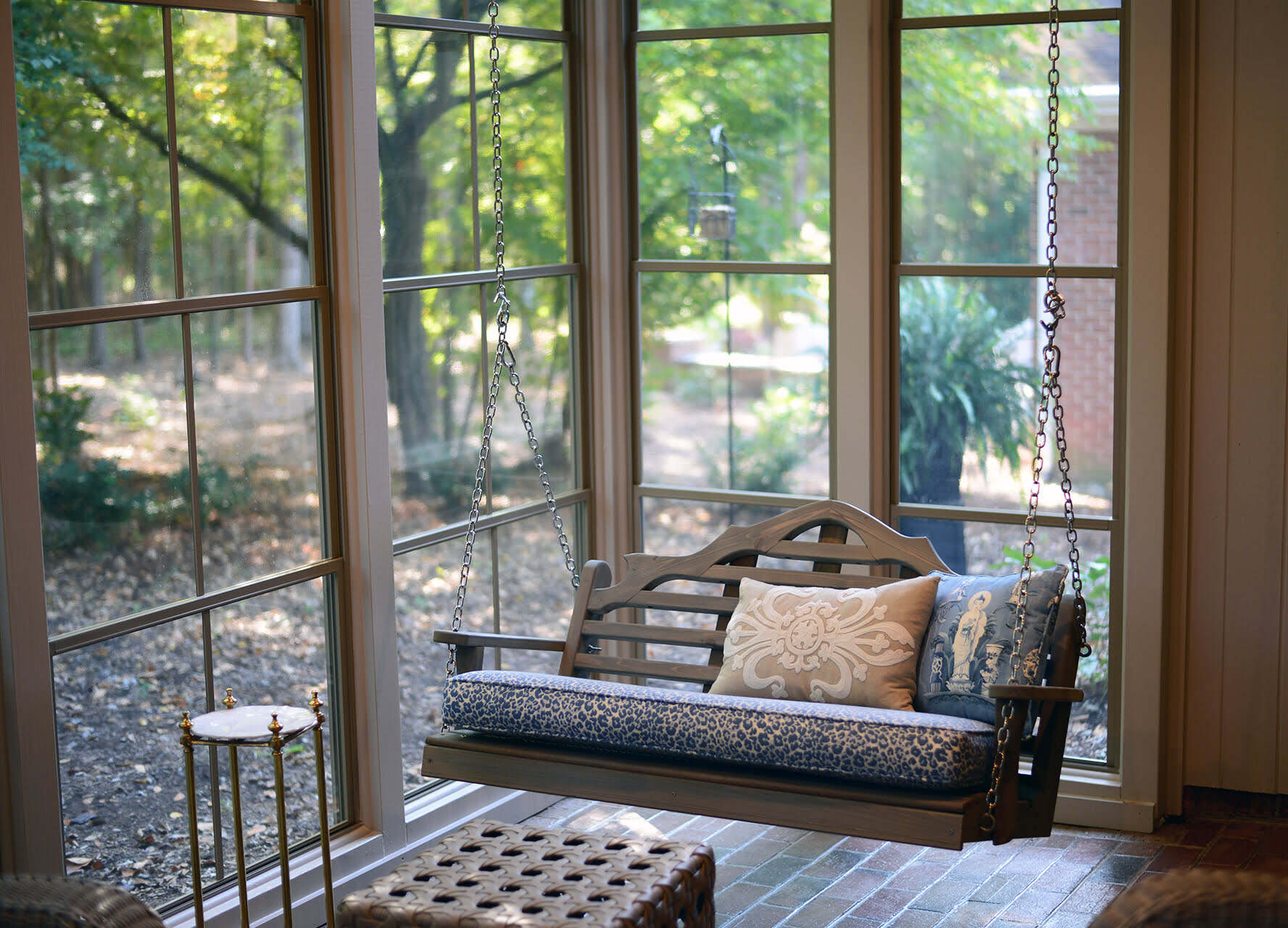
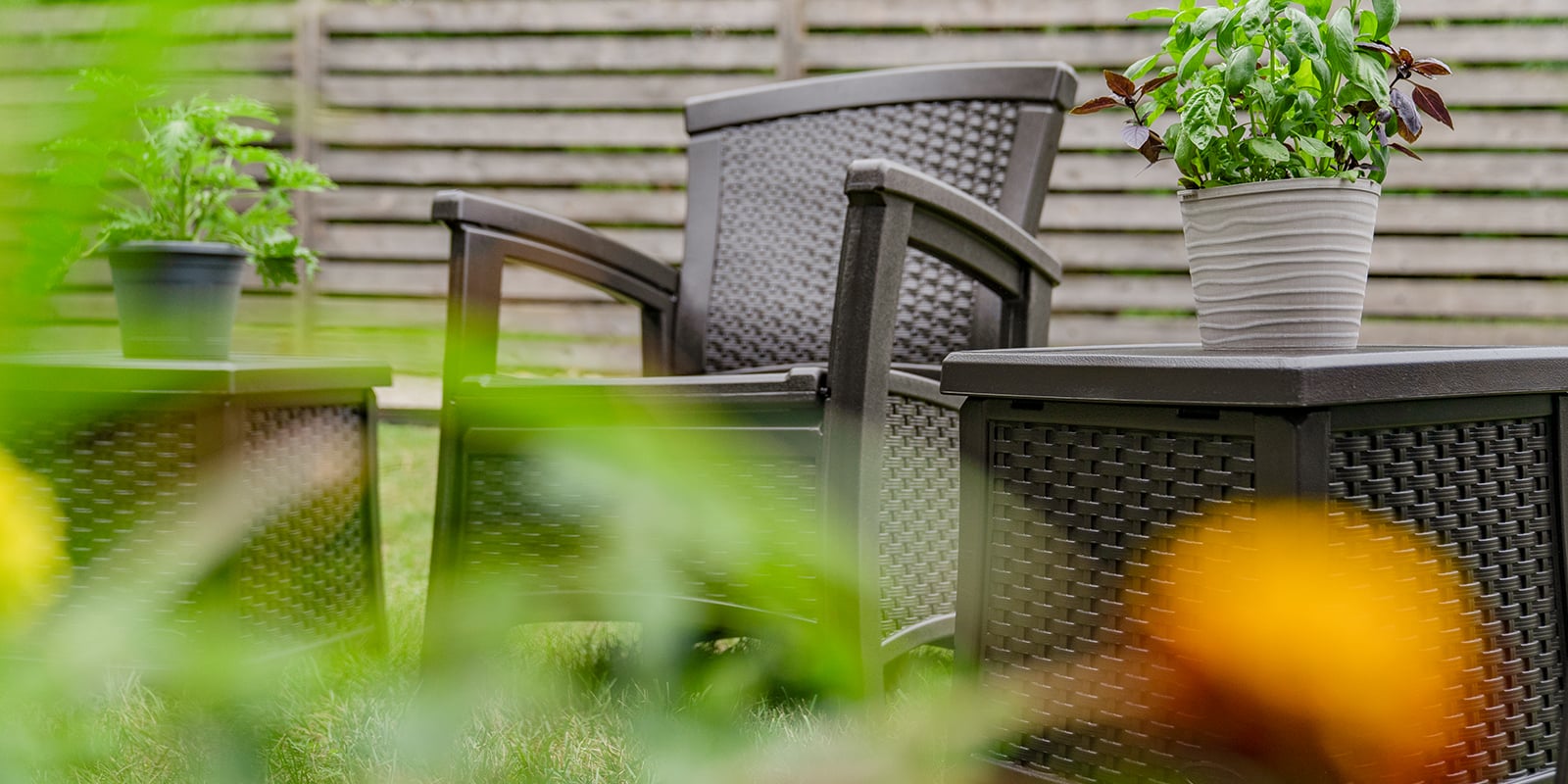
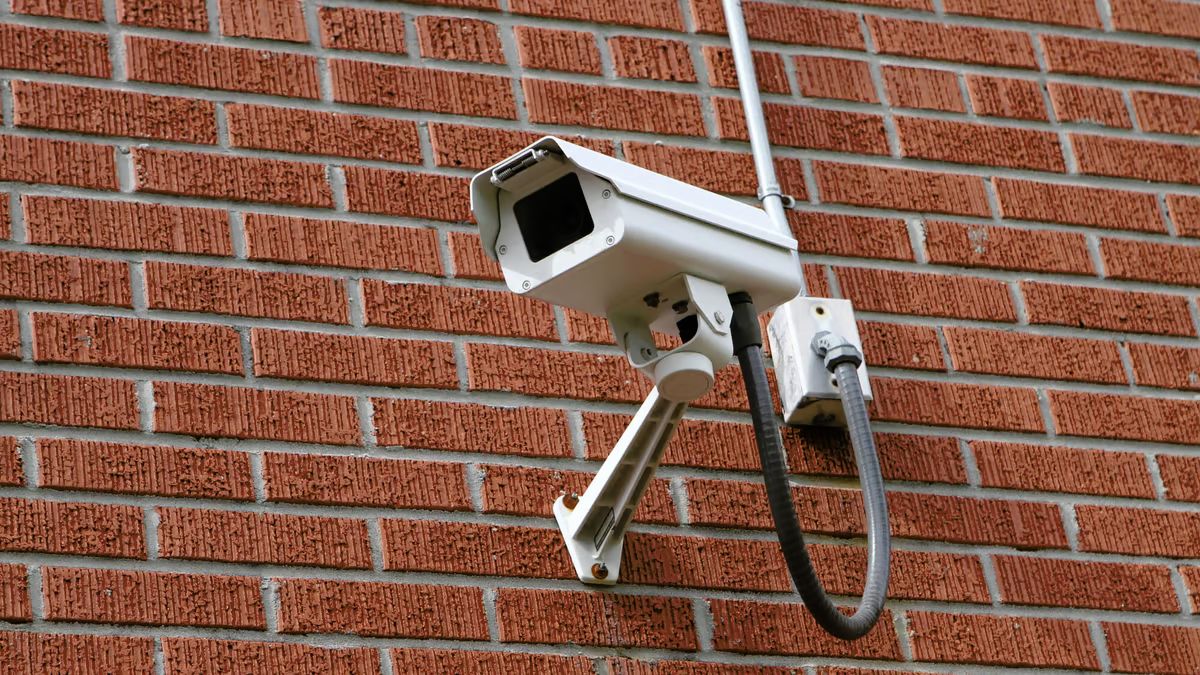

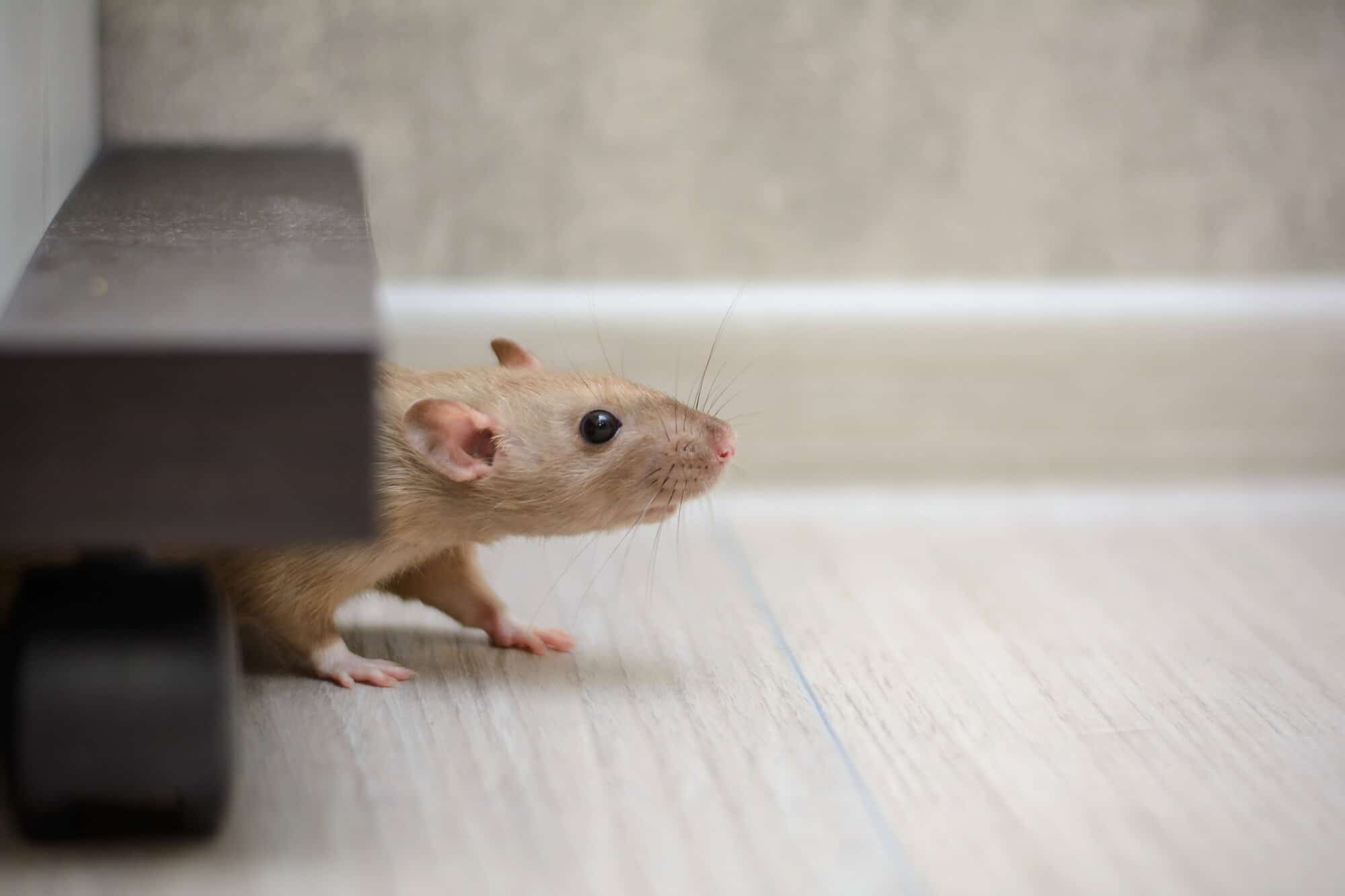
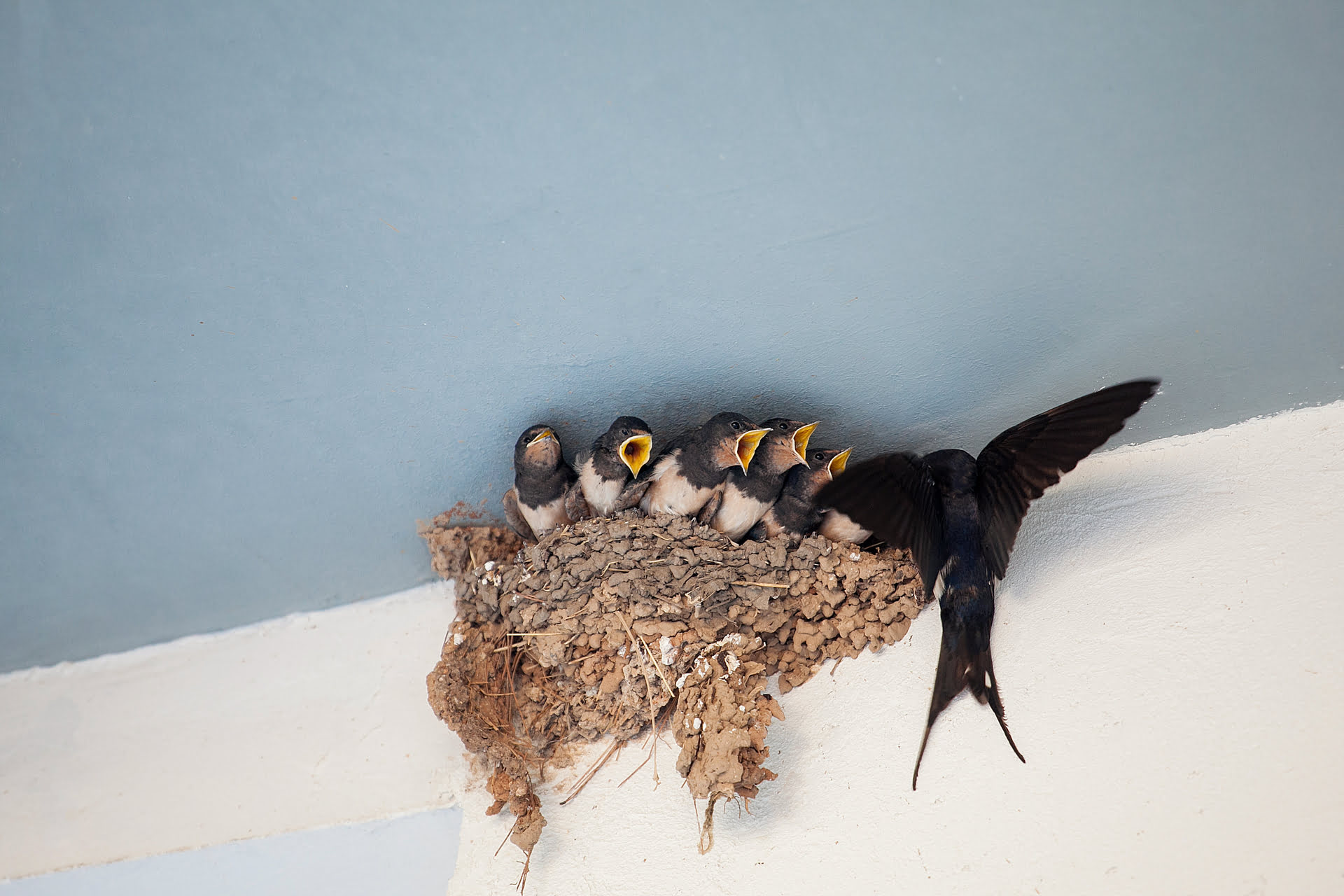
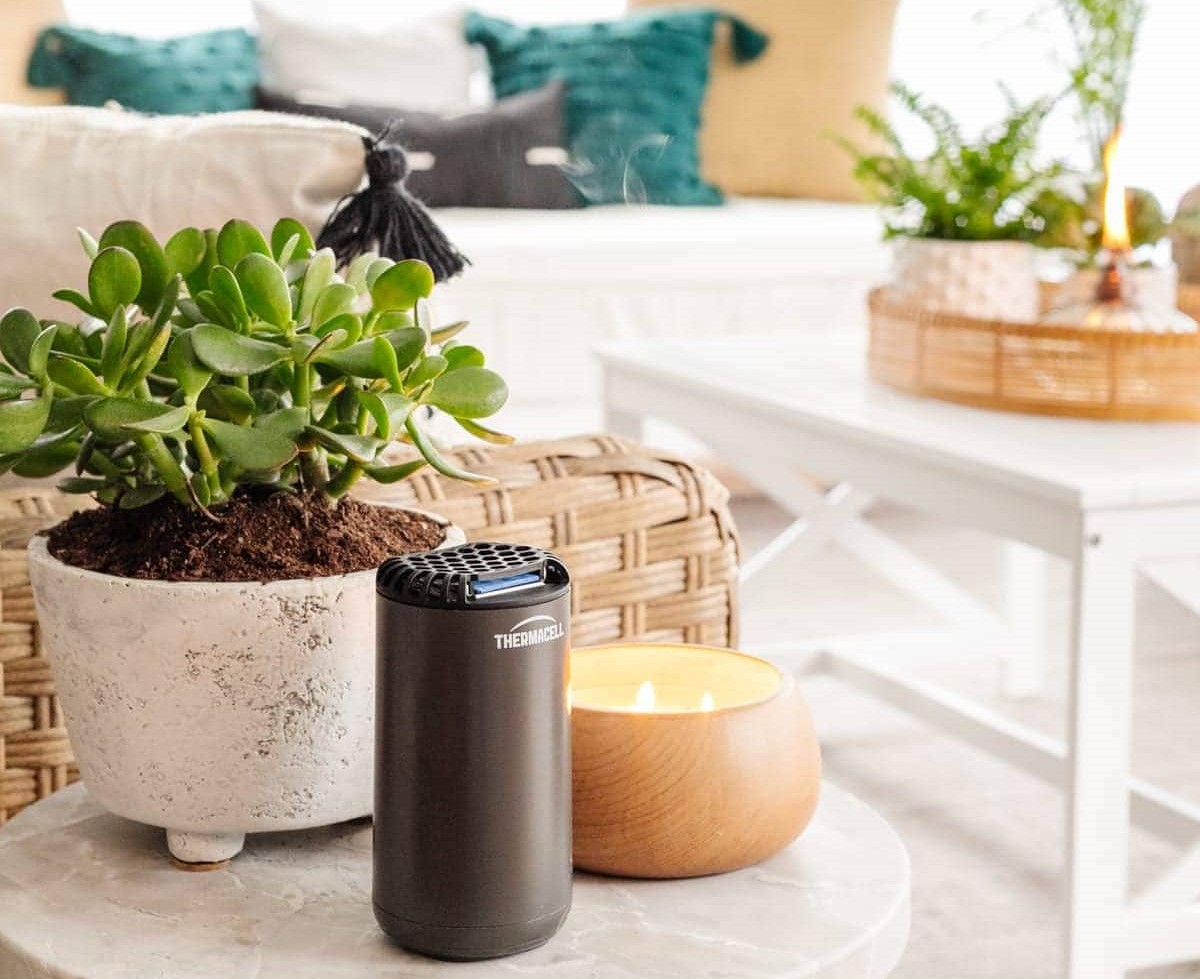
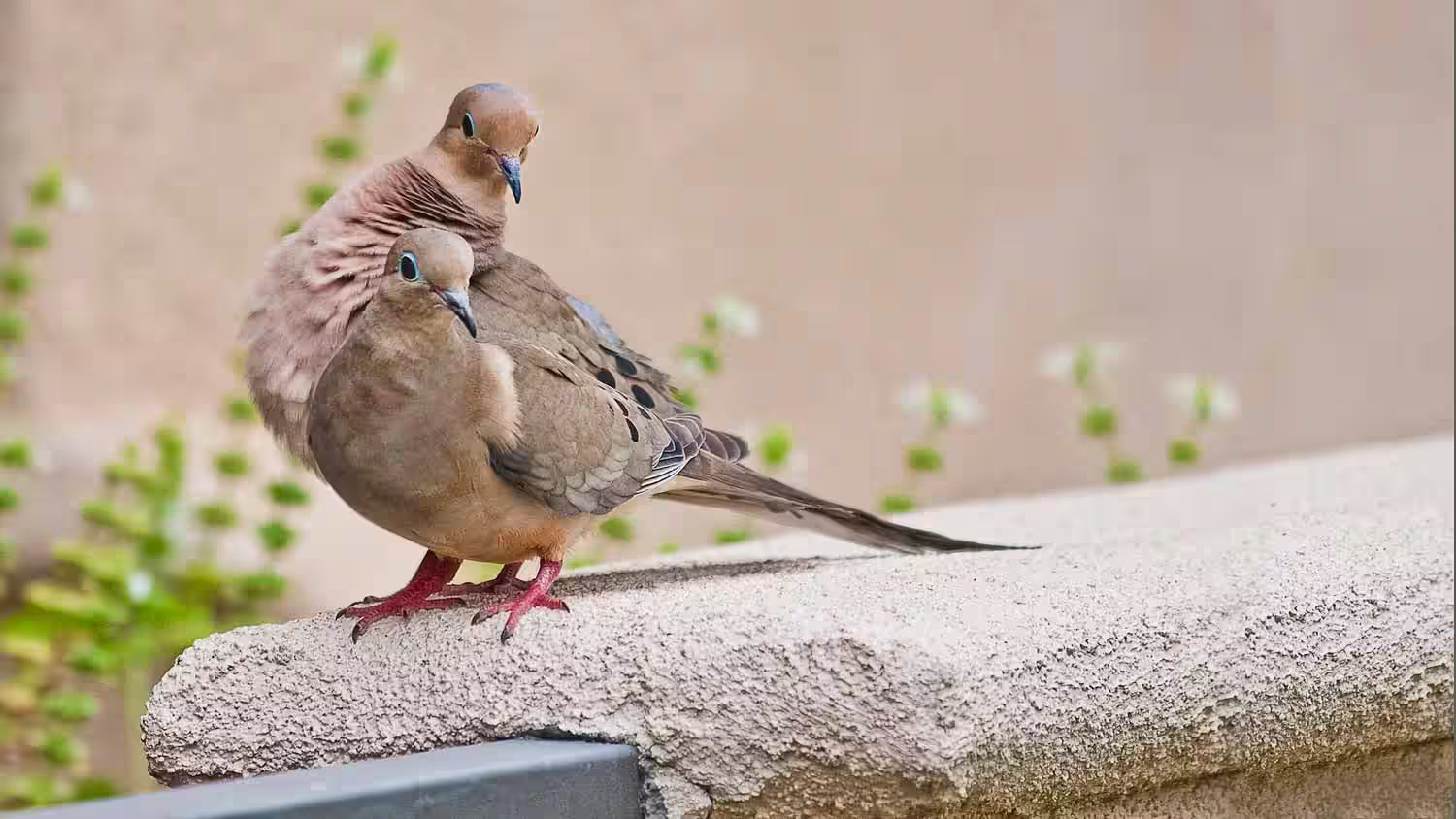
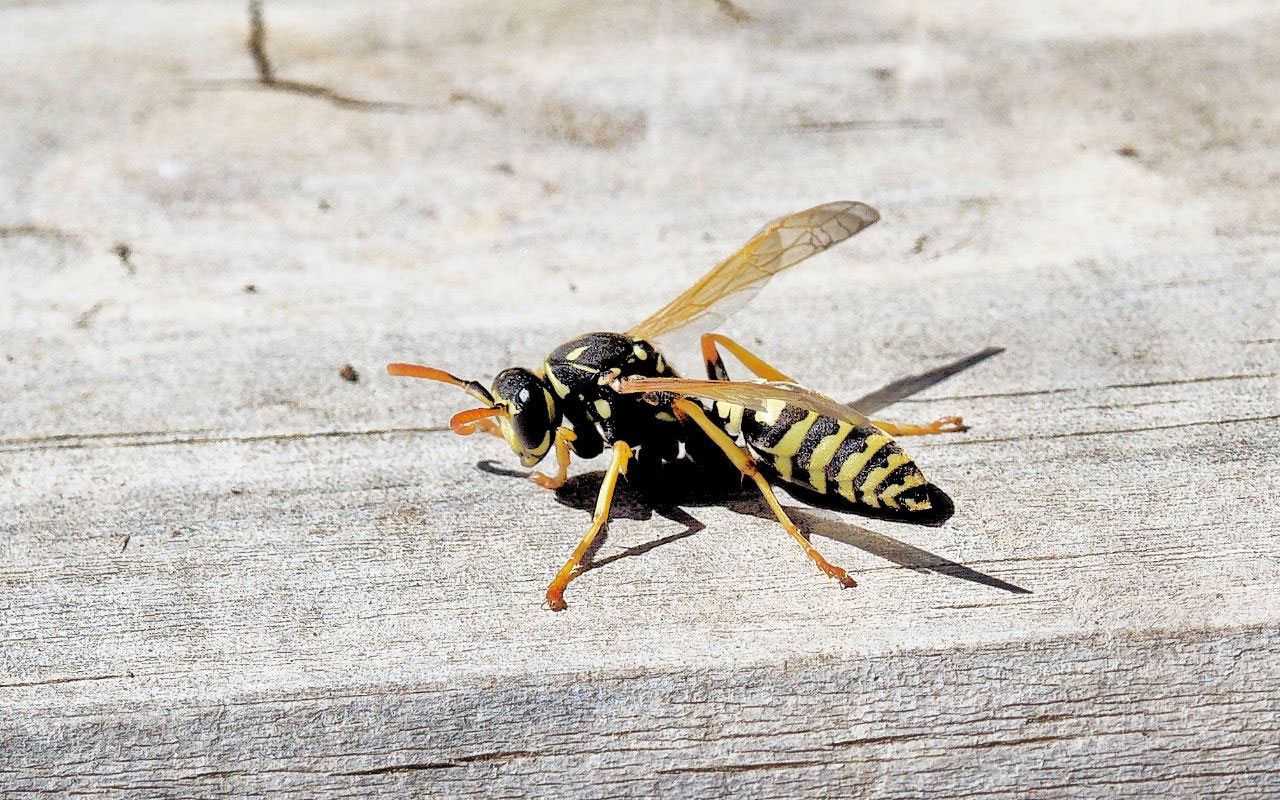
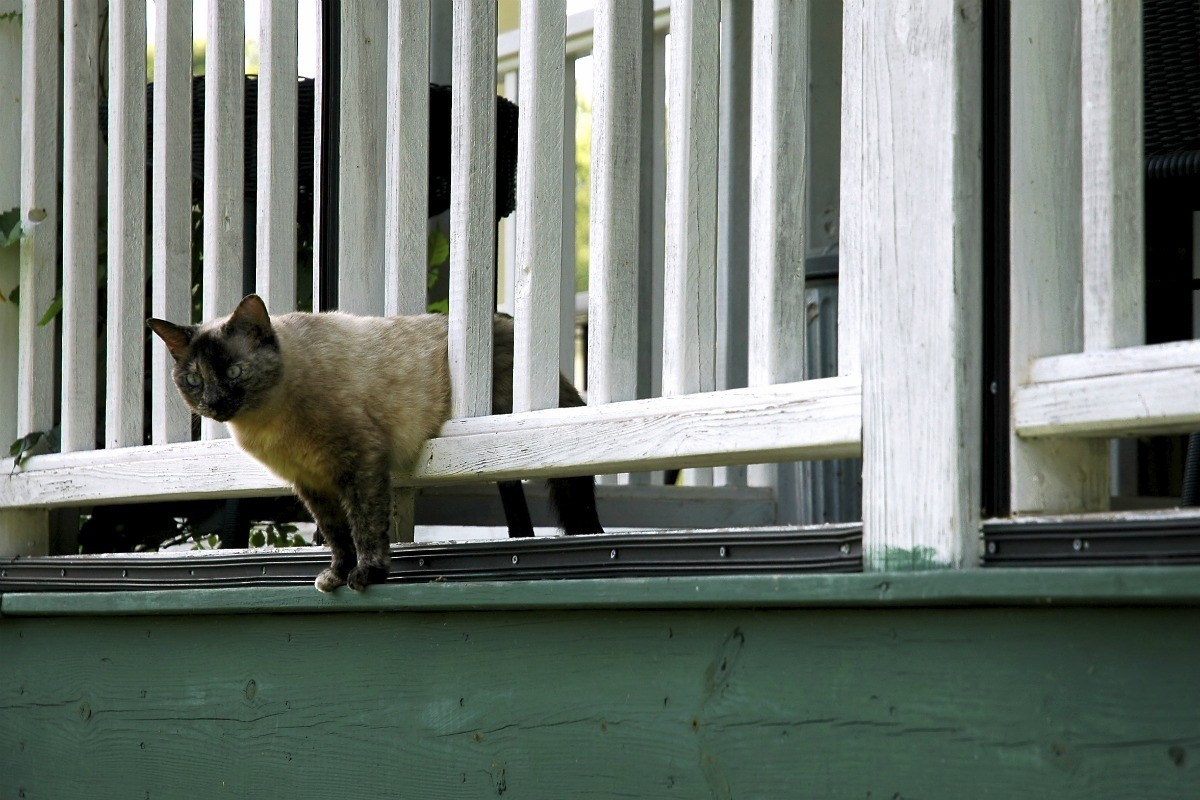
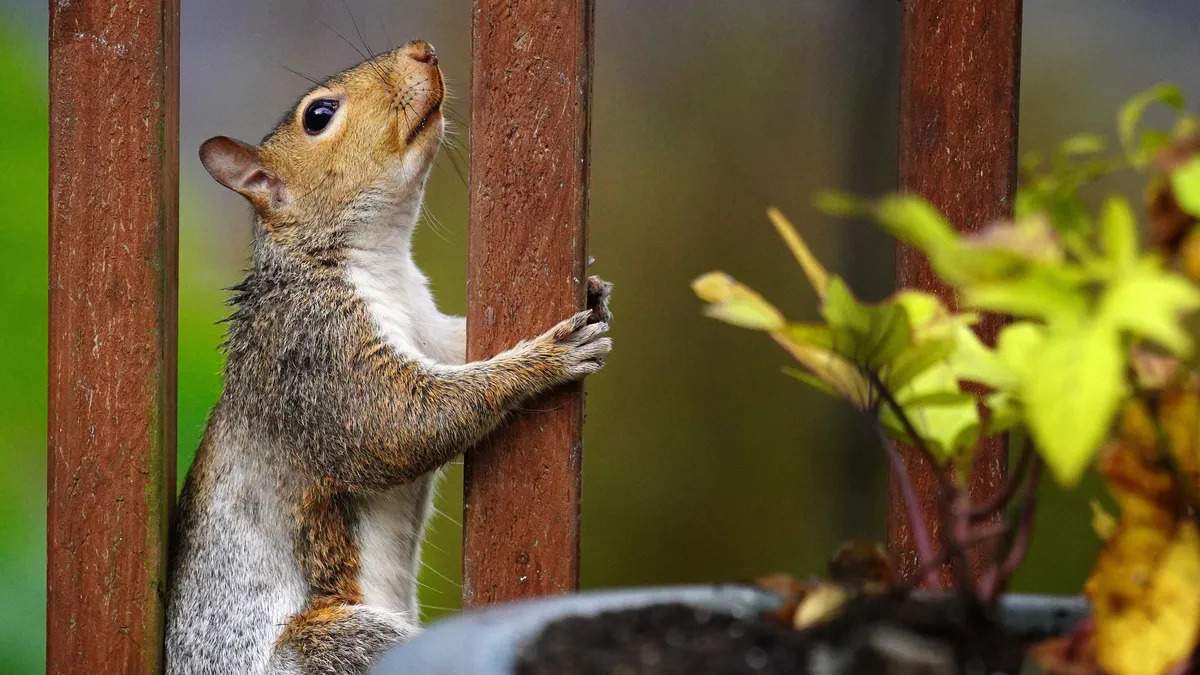
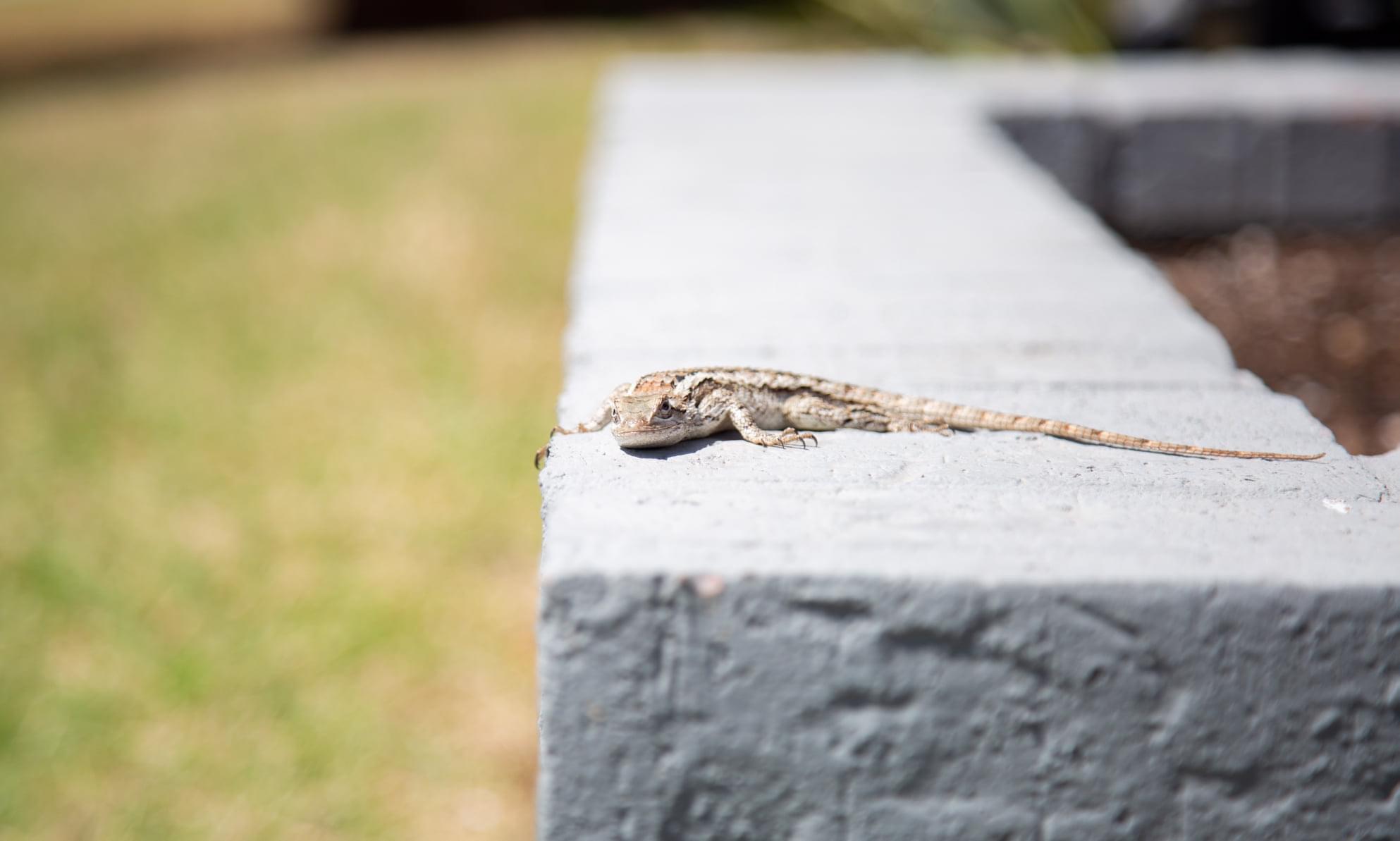

0 thoughts on “How To Keep Bugs Off Screened-In Porch”